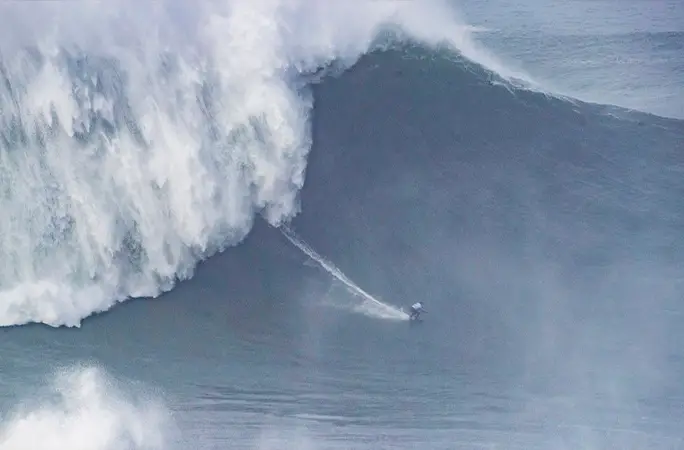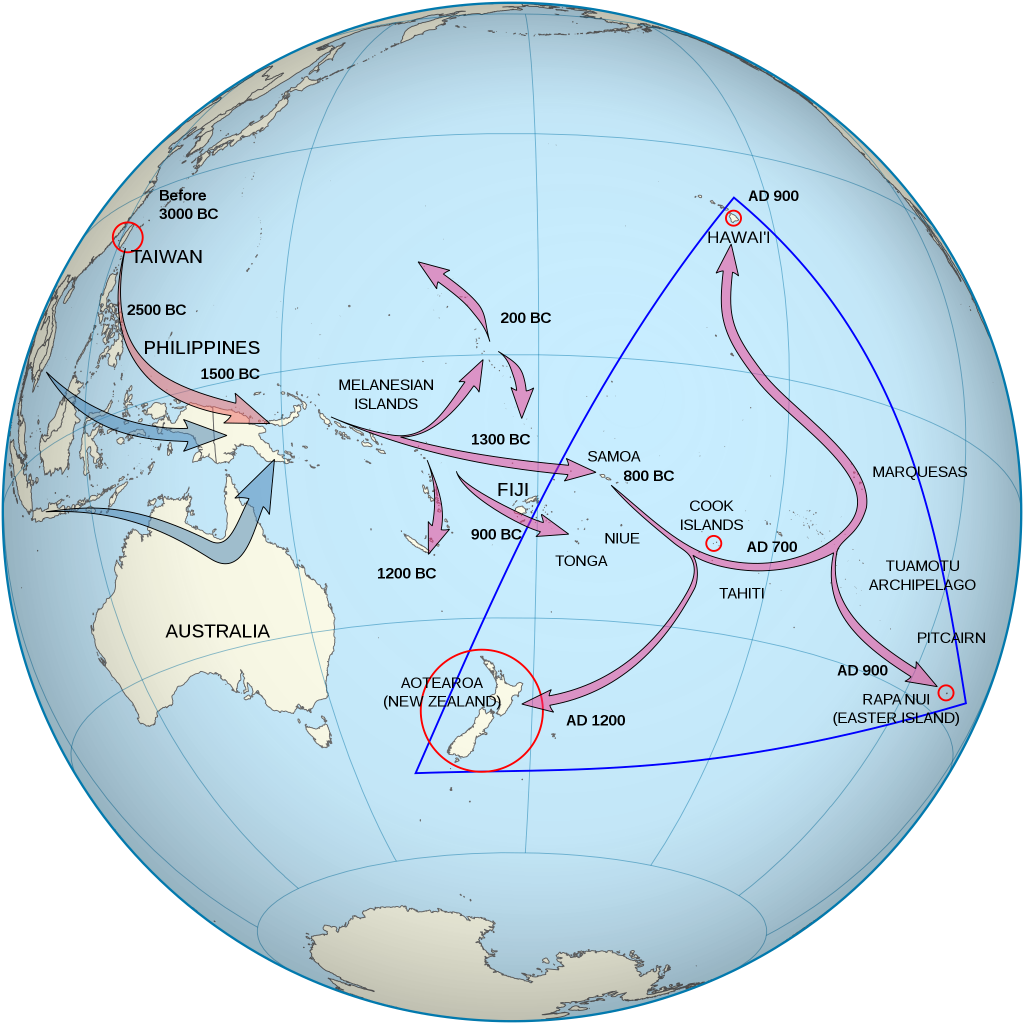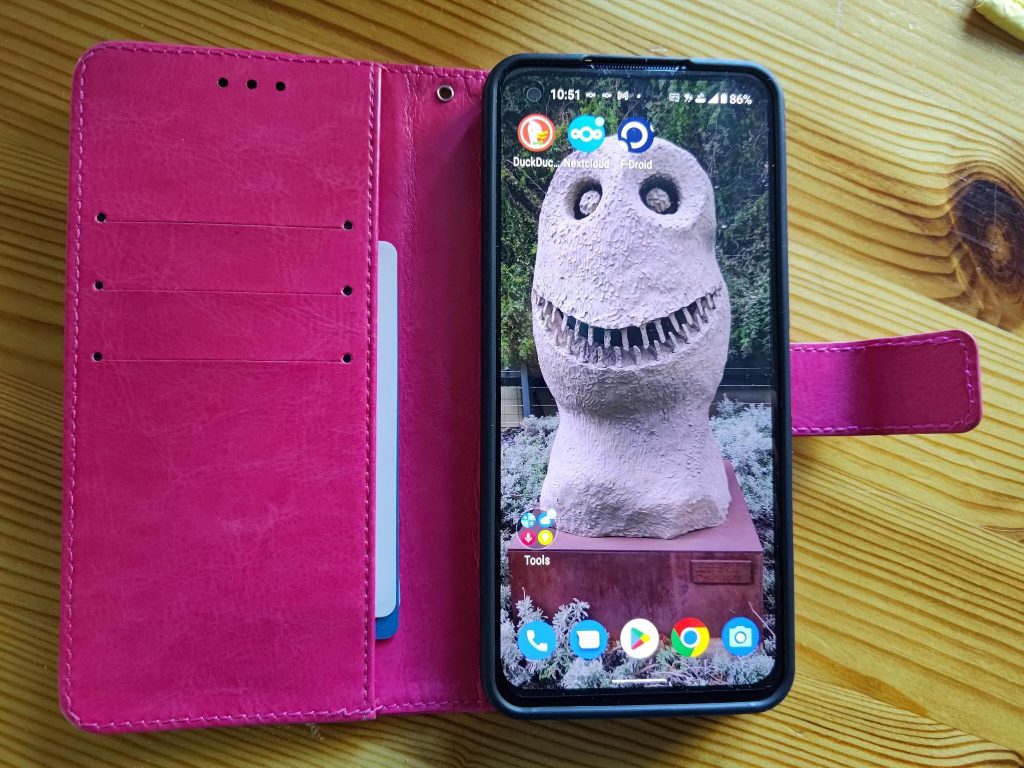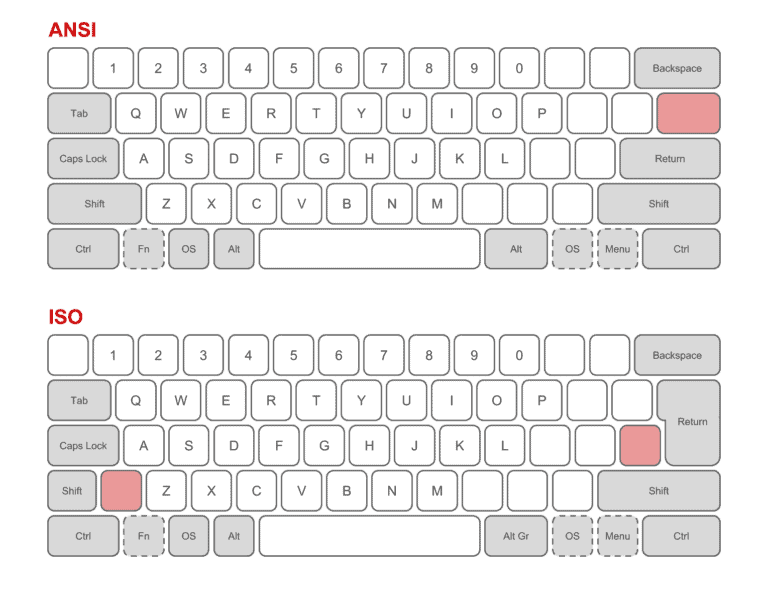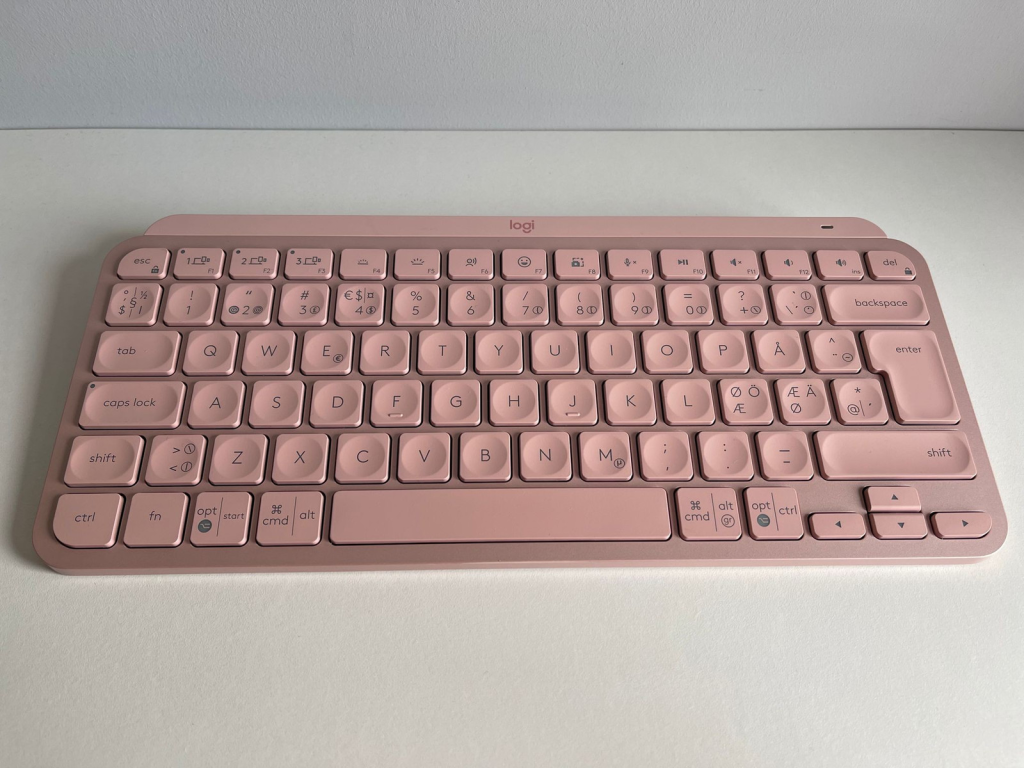
White
The KLF was founded in London, England in 1987 by Scottish – but South Africa born – Bill Drummond (1953 – , aka King Boy D) and English Jimmy Cauty (1956 – , aka Rockman Rock). They began by releasing hip hop-inspired and sample-heavy records. Like many musicians of the 20th century that I appreciate, Bill Drummond was educated at a third class art institution, the University of Northampton, Art and Design Academy.
An art school education allows people to develop themselves as personas with particular characteristics. In this case, it allowed the KLF to adopt the philosophy presented in The Illuminatus! Trilogy (1975). Often regarded as a cult success, it was written by Robert Shea (1933 – 1994) and Robert Anton Wilson (1932 – 2007). It could be described as a satirical, postmodern, science fiction–influenced adventure with drug-, sex-, and magic-laden components, heavily dependent on conspiracies, both real and imagined.
Should one want to appreciate the KLF in terms of content, there is only one significant album: The White Room (1991), initially recorded in 1989. There are four important tracks: 1) What Time is Love; 3) 3 a.m. Eternal; 5) Last Train to Trancentral; and, 9) Justified and Ancient. Don’t bother just listening to the music, watch the videos, for it is the videos that put the music in context. The videos are not a musical performance. They are theatre.
Drummond and Cauty also practised guerrilla communication, “illegal but effective use of graffiti on billboards and public buildings [in which] the original meaning of the advert would be totally subverted”. Another part of this guerrilla communication involved the alleged burning of £1 million in a hut on Jura, Scotland.
John Higgs (1971 -) writes in The KLF: Chaos, Magic and the Band who Burned a Million Pounds (2013) that: A simplified description of their partnership would portray Cauty as the musician and Drummond as the strategist, but this view doesn’t hold up to scrutiny. All of the products of their partnership, whether musical or otherwise, came out of mutual agreement. Cauty is just as capable of burning stuff as Drummond…. Cauty is practical and above all curious, quick to get his hands dirty, experiment and see what happens. He is a catalyst.
My own personal interest in the KLF, apart from their theatrical performance, is their instrumentation. The instruments that appear on stage (or in videos) are not necessarily the instruments that are used to produce the music, they are props.
Early KLF music was performed using an Apple II computer equipped with a Greengate DS3 sampler peripheral card, and a Roland TR-808 drum machine. Later, an Akai S900 sampler and Atari ST computers were used.
Singles in 1990–1992 were mixed by Mark “Spike” Stent (1965 – ) using a Solid State Logic (SSL) automated mixing desk. SSL is referenced in the subtitle of 3 a.m. Eternal (Live at the S.S.L.).
Later, an Oberheim OB-8 analogue synthesiser was used. Drummond sometimes plays a Gibson ES-330 semi-acoustic guitar, and Cauty plays an uspecified electric guitar. A Roland TB-303 bassline and Roland TR-909 drum machine are also used.
Some of the musicians involved on the four highlighted tracks.
What Time is Love Backing Vocals [“Mu Mu’s”] Katie Kisson, P.P. Arnold; [“Ooohs”] Cressida, Lindz. E. Love; Keyboards [303 Acid Factor] Major Malfunktion; [808’s & 909’s] Manda Beatmaster; Mixed by Stent; Performer [Breaks] Lenny Dee, Tony Thorpe; Rap Isaac Bello; Vocals [“I Wanna See You Sweat”] Wanda Dee; Written by Drummond, I. Bello, Cauty, L. McFarland.
3 A.M. Eternal (Live At The S.S.L.) Backing Vocals: Ian Richardson, Micky Wilson; [“Are You Ready?”], [“Here We Go”] Ashanti; [“KLF Aha Aha”] P.P. Arnold; Clarinet: Duy Khiem; Keyboards, Backing Vocals: Nick Coler; Mixed by Stent; Performer [Breaks] Tony Thorpe; Rap Ricardo; Vocals Maxine Harvey; Written by Drummond, Cauty, R. Lyte.
Last Train To Trancentral (Live From The Lost Continent) Backing Vocals [“All Aboard, All Aboard”] Black Steel; [“Come On Boy D’ya Wanna Ride?”] Wanda Dee; [“KLF” & “Mu Mu”] P.P. Arnold; [“Lie Down On The Floor & Keep Calm”] John Dillinger; [“Woo Woo”] Emma Burnham; [Wild Yelps] Cressida; Keyboards Nick Coler; Mixed by Stent; Performer [Breaks] – Tony Thorpe; Rap [“This Is What KLF Is About…” & “Back To The Heavyweight Jam”] Ricardo; Written by Drummond, Cauty, L. McFarland, R. Lyte.
Justified and Ancient (Stand by the JAMs): Backing Vocals [Lead Chorus Vocals] – Maxine Harvey; Lead Vocals – Tammy Wynette; Mixed by Stent; Pedal Steel Guitar – Rusty Pence; Written by Drummond, Cauty.
Grey
One major criticism that can be levelled against many musicians today, is that they fail to clothe themselves with a consistent perspective/ world view. Rather, they jump back and forth without any apparent reason or explanation. Each track/ song is a universe unto itself. Listeners are expected, somehow, to migrate from song to song, which is more correctly a passage from world to world. Since the music of the KLF is encapsulated in its own world, there is an understandable transition between tracks. Beyond this, the music is concerned with ceremonies and journeys, which can be seen particularly well, with respect to a hero.
Joseph Campbell (1904 – 1987) deconstructs the monomyth in The Hero with a Thousand Faces (1949): A hero ventures forth from the world of common day into a region of supernatural wonder: fabulous forces are there encountered and a decisive victory is won: the hero comes back from this mysterious adventure with the power to bestow boons [= timely benefits] on his fellow man.
Black
The blackness of the KLF is the chaos that envelops it. This chaos was documented by Andrew Harrison (1960s – ). Return of the KLF: ‘They were agents of chaos. Now the world they anticipated is here’ (2017-04-27). It was published, just as the inexplicable happened. The music of the KLF, possibly the Kopyright Liberation Front, was re-released.
Long before there was the KLF, even before The Illuminatus! Trilogy, the origins of this blackness can be found in Principia Discordia (1963), written by Malaclypse the Younger = Gregory Hill (1941 – 2000) and Omar Khayyam Ravenhurst = Kerry Wendell Thornley (1938 – 1998). They invented Discordianism, variously referred to as a religion/ philosophy/ paradigm centered on Eris, a goddess of chaos.
Discordianism accepts that order and disorder are illusions, a product of the human nervous system that imposes itself on the universe. Neither order nor disorder is more real than the other. Many feel that Discordianism should be regarded as a parody of religion.
The role of the KLF was to operationalize discordianism. Operationalizing transforms a fuzzy concept into something understandable. It exemplifies the concept, and by doing so extends it into something real and, potentially, measurable.
The Black Room was also the name of a never-completed album intended to follow The White Room. First, it was to be hardcore-techno, then electro-metal, before a thrash-metal collaboration with Extreme Noise Terror emerged, then faded.
Blink
According to Stuart Semple (1980 – ), Blink is the darkest black, even darker than Vantablack. This is neither the time nor place to discuss the cultural nastiness that has emerged with these claims about blackness, but there is an article that attempts to explain them.
In the KLF universe, the equivalent of Blink is the video, Who Killed The KLF? (2021), made by Chris Atkins (1976 – ), who also provided insights into it in a Guardian article, Prison, lawsuits and a glovebox of fake cash: the film the KLF didn’t want you to see (2022-04-08). As many expected, £1 million burned in that hut on Jura, was all fake. In fact, almost everything about the KLF was fake.
Orange update 2022-12-22
Somehow, some five years before writing this update, Build a Fire was uploaded onto YouTube by A.M.V. @ MaxiMadridVideos. I managed to hear it for the first time, two days before writing this update.
Build a Fire constitutes a fifth track from the White Room album that can be classified as important, a euphemism referring to a musical track accompanied by a video. Build a Fire appears as track 7 on the unreleased Tunes from the White Room (TftWR, 1989) and the 1991 released North American album (WRNA). It is track 6 on the 1991 general album release (WRGR), and the 2021 Director’s Cut (WRDC).
Investigating this Spanish YouTube channel more closely, I find there is yet another KLF video that is even more difficult to describe. It is titled, No More Tears, and lasts 8m18s. Accompanying the video are two songs. Song #1 = From North Druid to Atlanta. North Druid is a mountain about 13 km north of Atlanta, Georgia. It can be found using this title, as track #6 on Come Down Dawn: Brooklyn to Mexico City 1990, Original duration: 9m50s. This work is a 2021 reissue of the studio album Chill Out (1990) released to streaming services on 2021-02-04 under their alias The Justified Ancients of Mu Mu. This was the second in a series of six official compilations Samplecity thru Trancentral. Content on Chill Out/ Come Down Dawn originates from a 43-hour road trip in 1990, from the Reverend Doctor Wade’s tabernacle in Brooklyn to the Mesoamerican Pyramids near Mexico City in a 1968 Ford Galaxie, a repurposed American police car. The authenticity of this statement can be doubted, when one is presented with a Spanish, rather than North American, landscape.
On Chill Out (1990), this track is listed as track #8, 3 a.m. Somewhere Out of Beaumont. It lasts 3m36s.
Song #2 is, No More Tears, appearing as track #6 on TftWR, #9 on WRNA, #8 on WRGR, and #8 on WRDC. It does not appear on Chill Out or on Come Down Dawn.
While truthiness may not be the KLF’s strong point, the British monthly magazine, Record Collector, compared The KLF’s production method to that of established electronic musicians: “While electronic dinosaurs like Jean Michel Jarre [(1948 – ), noted for a series of works, all titled Oxygen] and Klaus Schulze [(1947-2022), member of Tangerine Dream, Ash Ra Tempel and The Cosmic Jokers, before starting a solo career] were walling themselves in with banks and banks of synthesizers, computers and electronic gadgetry, the KLF were doing the opposite—making a crafted work like Chill Out with the bare necessities of musical survival.”
A.M.V. describes Build a Fire as: Filmed Sierra Nevada de España. An instrumental version of the unreleased original 1989 soundtrack version of Build A Fire. Restored & Dedicated To Our Ancient Friend John Milne. Unreleased Recording.
A.M.V.’s cryptic notes for No More Tears read: Intro: North Druid Hills to Atlanta – KLF (1991) Lyricist: Bill Drummond (1991) Composer: Bill Drummond Lyricist: Jimmy Cauty Composer: Jimmy Cauty Unreleased Recording NOT FOR SALE OR RESALE Matrix/Runout: SAMP 1684 AB(SAME ON B SIDE)Provided to YouTube by Domino North Druid Hills to Atlanta · The KLF · The Justified Ancients of Mu Mu Come Down Dawn ℗ KLF Communications Matrix/runout (A-side runout): 656674-1 1 02 P1991 Matrix/runout (B-side runout): 656674-1 2 01 P1991 Producer: The Justified Ancients of Mu Mu Mixer: The Justified Ancients of Mu Mu Music Publisher: Universal Music Publishing Music Publisher: Warner Chappell Music Lyricist: Bill Drummond Composer: Bill Drummond Lyricist: Jimmy Cauty Composer: Jimmy Cauty #KLF#BillDrummond#JimmyCauty.
I refer to this update as orange, reflecting the burning fire in the first video, and the sunrise/ sunset content in the second video.
For now, orange could be just a temporary pause of the KLF time machine. If nothing else, the KLF are unpredictable. Graduates of third-rate art schools have one advantage over those attending more illustrious institutions, nobody expects anything of them!


